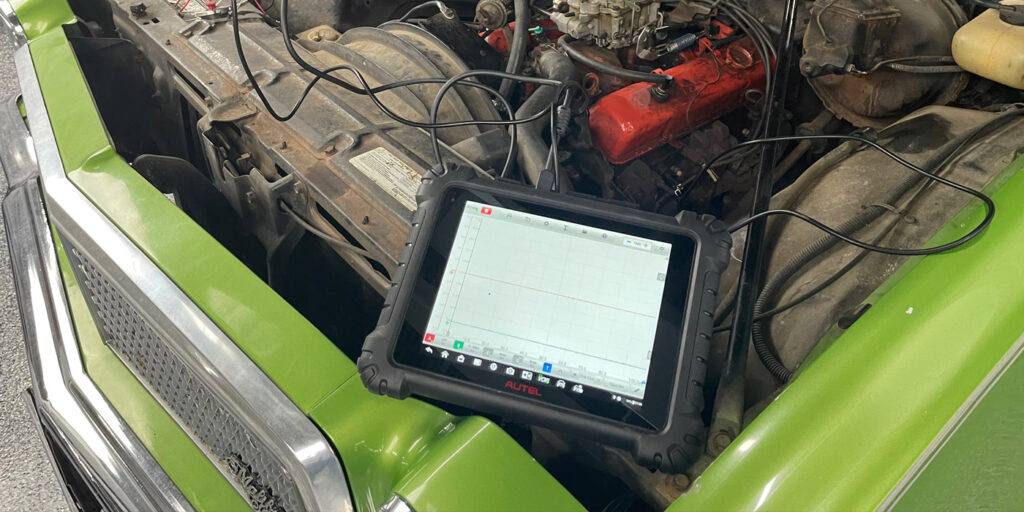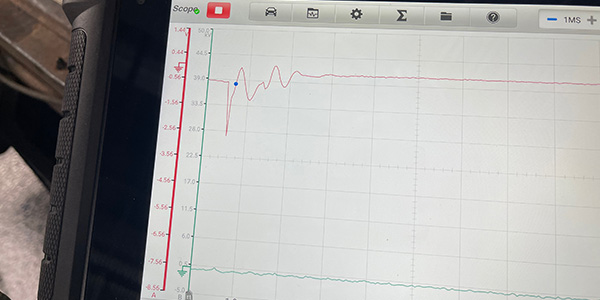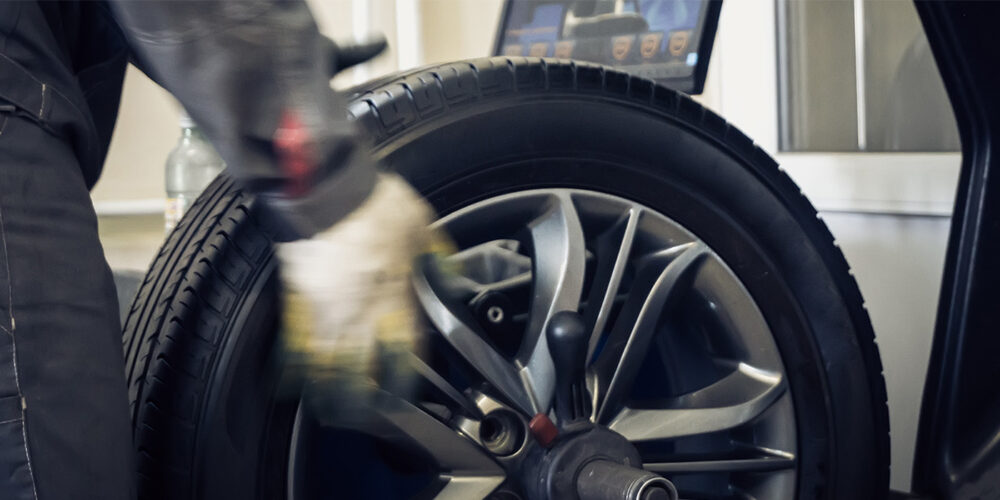Diagnostics are a game of thought. And just like any game, you need a good strategy to win. But that strategy can differ, depending on who or what you are playing with. Automotive ignition system diagnostics are no different, and your strategy begins with what you are working on.
Let’s take a look at pre-OBD days. The advantage here (from a standpoint of understanding) is that cars had distributors, plugs and wires. Regardless of what you were working on, it was more or less always the same, and your diagnostic strategy was always the same. You rolled over the monstrous oscilloscope and hooked it up. Working on one of these cars today utilizes the same strategy, but that behemoth of a scan tool is way outdated and most likely long-gone.
Today, you’re going to reach for a modern diagnostic scan tool with oscilloscope functions. With no computer, trouble codes or engine data displays, the only way to diagnose old-school ignition system problems without guesswork is by analyzing the ignition waveforms.
Those cars are few and far between, and modern ignition system diagnostic strategy requires a different approach. To begin with, we have to deal with the check engine light and diagnostic trouble codes. If there’s an ignition system problem and someone has brought their vehicle in for repair, there will be both, guaranteed.
Misfire trouble codes are some of the most common DTCs we see. As we all know, a misfire doesn’t mean lack of spark, just lack of combustion, and while it’s never safe to assume, it’s a fact that the majority of the time the problem is related to the ignition system.

Coil-on-plug systems, the most common type in use today, all operate in what is more-or-less the same manner, so we can still have a basic diagnostic strategy that applies to all vehicles, but they will differ on the control side of the system.
The first step is and always will be, the heart of all diagnostics: your scan tool. The importance of a scan tool cannot be understated. On today’s vehicles, it’s the pre-diagnosis, telling you what the computer knows and which direction you need to go. It powers your diagnostic strategy, telling you which cylinder or cylinders may be experiencing a problem. And it’s your final quality check, informing you without question whether you have fixed the ignition system problem.
Scan tool data indicates which cylinder is misfiring, and it’s a common practice to swap the spark plug and coil between two cylinders and see if the misfire “moves” to the other cylinder. Is this an accepted practice? Sure. We all do it, and we get a lot of information from this simple procedure. It’s a great strategy. If the misfire moves to the other cylinder, you just found the problem. How are you going to know? Your scan tool, of course.
If the misfire doesn’t move, and you’ve already eliminated the possibility of fuel, compression or other causes of the problem, then what’s your next step? Service information. This is where you will find a description of how the ignition system works and also another invaluable tool, the wiring diagram.
During this part of your strategy is when you gain an understanding of what controls the ignition, the modules that are involved, and the wiring and connectors that could be contributing to the problem. A diagnostic flow chart, also part of the service information, will take you step by step through the testing procedures to check all the wiring connections and signals.
At this point, as you assess the system, a visual inspection is part of your strategy, determining the presence of obvious damage such as corrosion, broken or damaged wires. Up to this point, you’ve relied on your scan tool, service information and visual inspection. The order in which you use them may vary depending on the trouble code and what you learn from the service information.
Don’t forget that the idea behind any good strategy means as you put all the pieces together, your progress is defined by your ability to change direction in response to what you learn about the system. In other words, a good strategy involves a calculated plan of attack, with the expectation of different directions along the way. The one certain is that your scan tool will be along for the ride.














